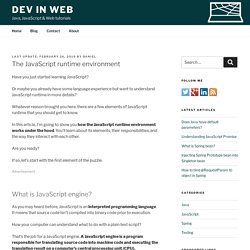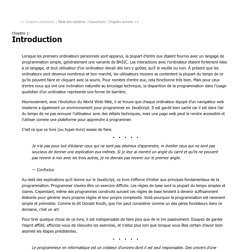

Use facebook SDK. Facebook’s SDK is incredibly powerful but can be confusing and overwhelming when getting started.

I’m going to walk you through getting started using the Facebook SDK for JavaScript on your website, so you can include share buttons, like buttons, interact with the Graph API, or allow a user to login to your Facebook app. Video Tutorial I recorded a conversational tutorial video, for those of you who like to follow along visually and audibly. Topics Setup Your Facebook App for Local Development If you want a sandbox, so you can test integration of the Facebook SDK with your Facebook app, there a few things to do. First, open up your app settings on Facebook. Then click Settings > Basic. Next, access a tool like Visual Studio. After creation, right-click on the solution name in the Solution Explorer and go to Add > Existing Web Site. Now, remember we want to run this project on https on our local computer, so right-click the project name in the Solution Explorer and click Properties Window.
VueJS. NPM. Vanilla & généralités. Node.Js. CSS in JS. Tuto en fullstack JS. The JavaScript runtime environment. Have you just started learning JavaScript?

Or maybe you already have some language experience but want to understand JavaScript runtime in more details? Whatever reason brought you here, there are a few elements of JavaScript runtime that you should get to know. In this article, I’m going to show you how the JavaScript runtime environment works under the hood. You’ll learn about its elements, their responsibilities, and the way they interact with each other. Are you ready? If so, let’s start with the first element of the puzzle.
Advertisement What is JavaScript engine? As you may heard before, JavaScript is an interpreted programming language. How your computer can understand what to do with a plain text script? That’s the job for a JavaScript engine. The engine is a container in which you run your program. In Java Before you run a Java program you have to compile it. In order to start coding in JavaScript, you don’t have to install any additional software. Java Analogy Let’s dig a little deeper.
/playlist?list=PLQkrqTy7RjTFu5GKnDNASm84oaF6I1rnn&app=desktop. Truthy and Falsy: When All is Not Equal in JavaScript - SitePoint. JavaScript variables are loosely/dynamically typed and the language doesn’t care how a value is declared or changed. 2017.08.22: This article has been updated to reflect the current state of the JavaScript ecosystem. let x; x = 1; x = '1'; x = [1]; Seemingly different values equate to true when compared with == (loose or abstract equality) because JavaScript (effectively) converts each to a string representation before comparison: A more obvious false result occurs when comparing with === (strict equality) because the type is considered: Internally, JavaScript sets a value to one of six primitive data types: Undefined (a variable with no defined value)Null (a single null value)Boolean (true or false)Number (this includes Infinity and NaN – not a number!)

Everything else is an Object — including arrays. Truthy and Falsy As well as a type, each value also has an inherent boolean value, generally known as either truthy or falsy. The following values are always falsy: Everything else is truthy. 1. JavaScript Éloquent. Lorsque les premiers ordinateurs personnels sont apparus, la plupart d’entre eux étaient fournis avec un langage de programmation simple, généralement une variante de BASIC.

Les interactions avec l’ordinateur étaient fortement liées à ce langage, et tout utilisateur d’un ordinateur devait dès lors y goûter, qu’il le veuille ou non. À présent que les ordinateurs sont devenus nombreux et bon marché, les utilisateurs moyens se contentent la plupart du temps de ce qu’ils peuvent faire en cliquant avec la souris. Pour nombre d’entre eux, cela fonctionne très bien. Mais pour ceux d’entre nous qui ont une inclination naturelle au bricolage technique, la disparition de la programmation dans l’usage quotidien d’un ordinateur représente une forme de barrière. Heureusement, avec l’évolution du World Wide Web, il se trouve que chaque ordinateur équipé d’un navigateur web moderne a également un environnement pour programmer en JavaScript.
C’est ce que ce livre (ou hyper-livre) essaie de faire.